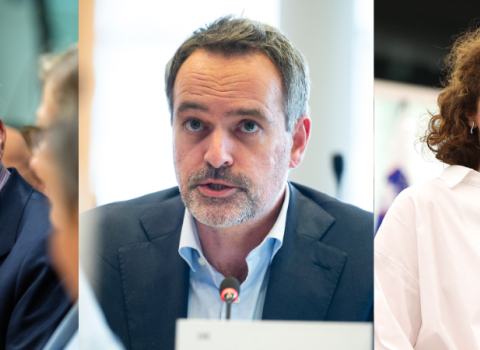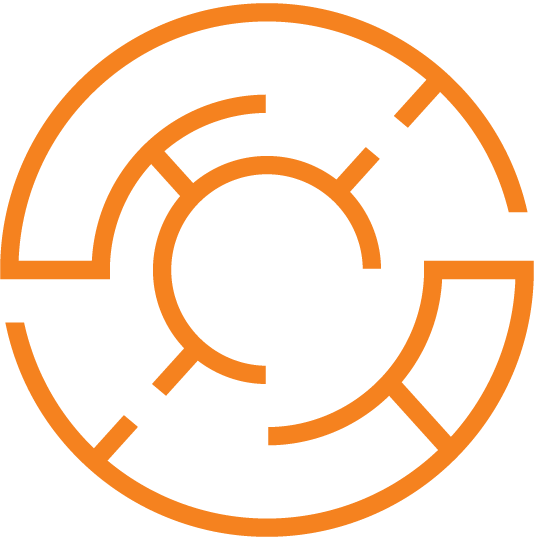In June, Eureka approved its Clusters programme to run from 1 July 2025 to 30 June 2032. This reflects the relevance of the programme and the strategic importance of the technology areas covered by the five Clusters:
- CELTIC-NEXT: Next-generation communications
- EUROGIA: Decarbonisation
- ITEA: Software innovation and the digital transition
- SMART: Advanced manufacturing
- Xecs: Electronic components and systems
For organisations engaged in international R&D&I in these fields, this means regular international funding opportunities over the next seven years.
The new iteration of the programme adopts a refreshed governance structure where ministry and funding agencies regularly discuss with industry representatives on how to improve the experience of participating in Eureka Clusters for SMEs, large companies, research institutions, universities, and end-users across Eureka’s network and beyond.
About Eureka’s Clusters programme
The Eureka Clusters programme is a public-private partnership between Eureka ministries and funding agencies and independent organisations that gather communities around strategic technology areas.
Since 1987, there have been 12 Clusters covering fields such as electronics recycling, forestry, water technologies, and metallurgy. Currently, running Cluster projects are mobilising around 800 million euro of public-private investment and involve hundreds of organisations worldwide.
It is testament to the relevance, lasting success, and real-world impact of Eureka’s Clusters programme that it continues today. Numerous innovations such as 4G, 5G, and 6G technologies, microchips in ID cards, special effects in movies, contactless public transport payments, and automotive software originated in Eureka Cluster projects.
Eureka is pleased to be working with five Cluster offices, CELTIC-NEXT, EUROGIA, ITEA, SMART, and Xecs, offering a trusted mechanism for accessing funding. These Clusters not only launch calls for projects, but also organise community activities, like networking events, and provide guidance throughout the project lifecycle.
This article was first published on 1 July by Eureka.





 A unique international forum for public research organisations and companies to connect their external engagement with strategic interests around their R&D system.
A unique international forum for public research organisations and companies to connect their external engagement with strategic interests around their R&D system.